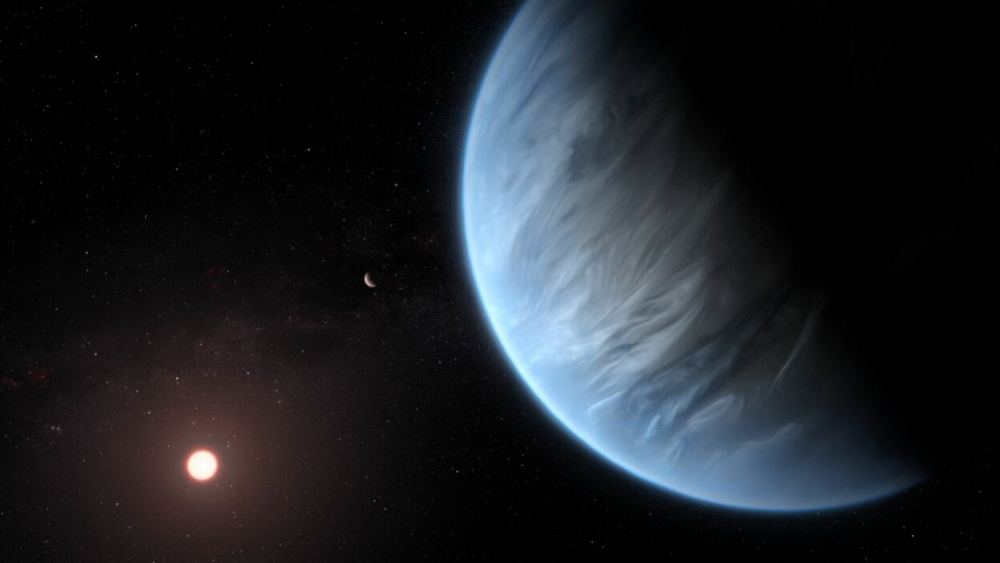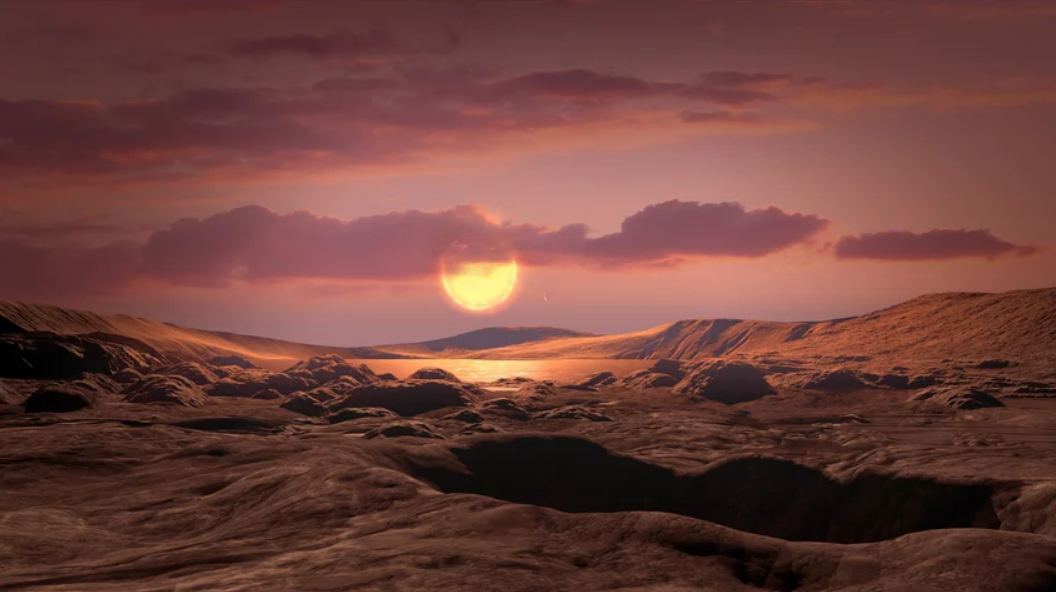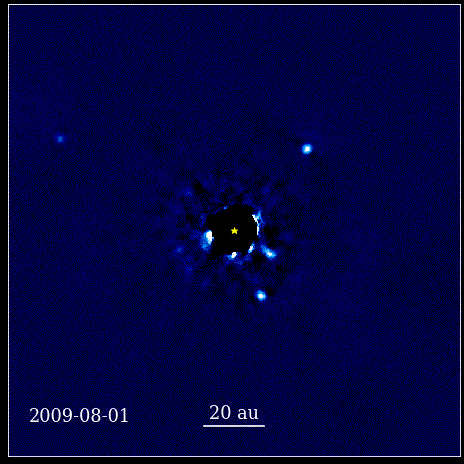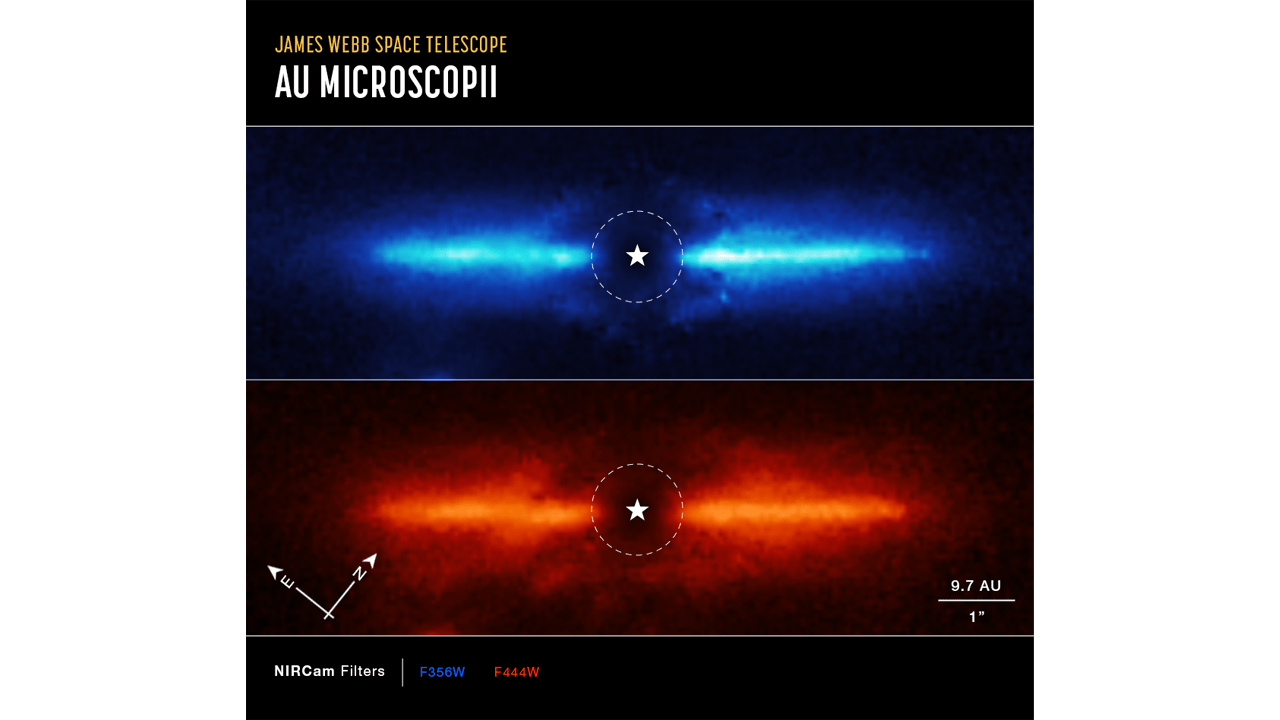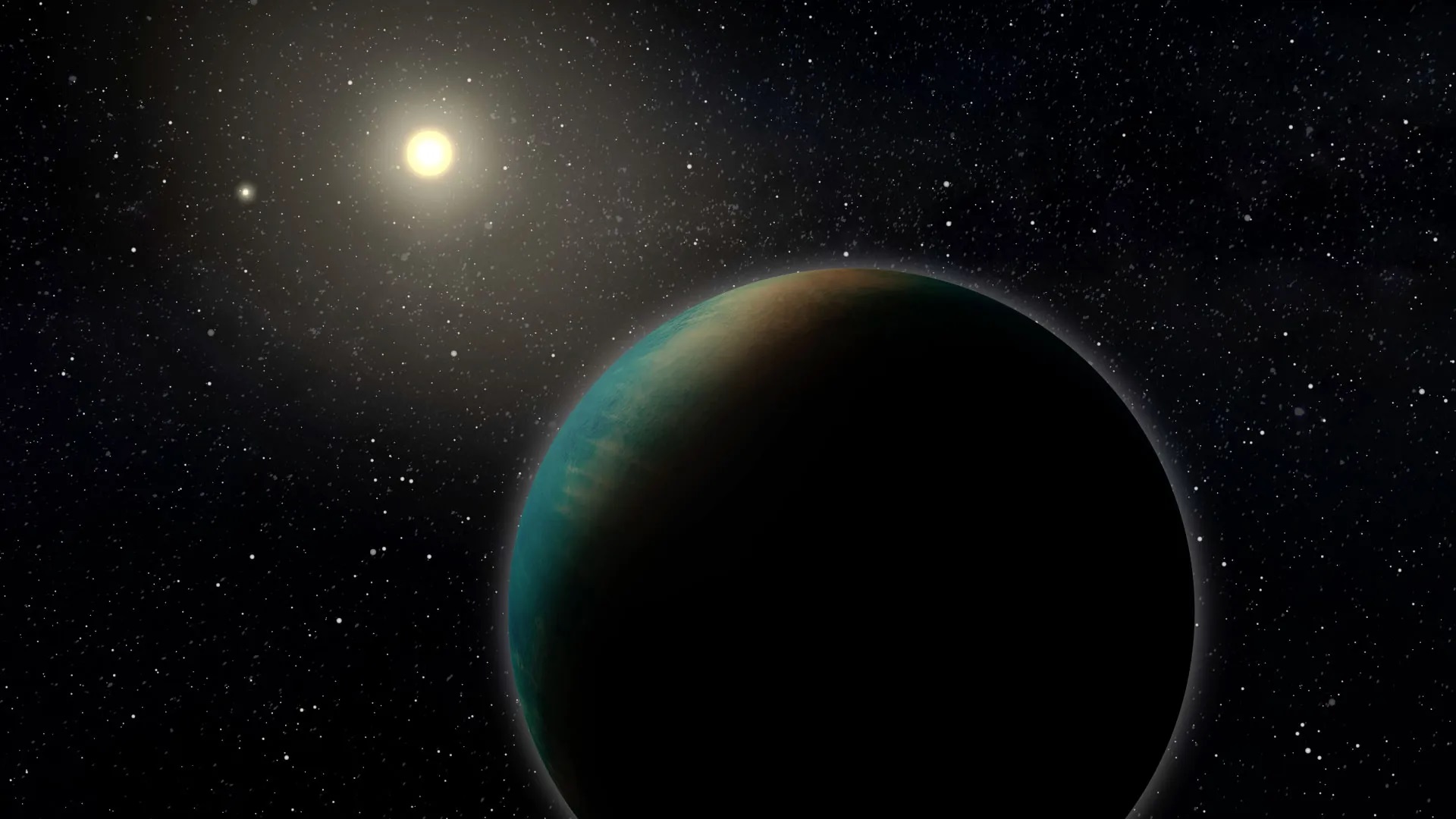In this era of exoplanet discovery, astronomers have found over 5,000 confirmed exoplanets, with thousands more awaiting confirmation and many billions more waiting to be discovered. These exoplanets exist in a bewildering spectrum of sizes, compositions, orbital periods, and just about every other characteristic that can be measured.
Learning about them has also shed light on our Solar System. We used to think of it as an archetypal arrangement of planets since it’s all we had to go on. But now we know we might be the outlier because we have no Super-Earth.
Continue reading “What Would Happen if the Solar System Gained a Super-Earth?”

